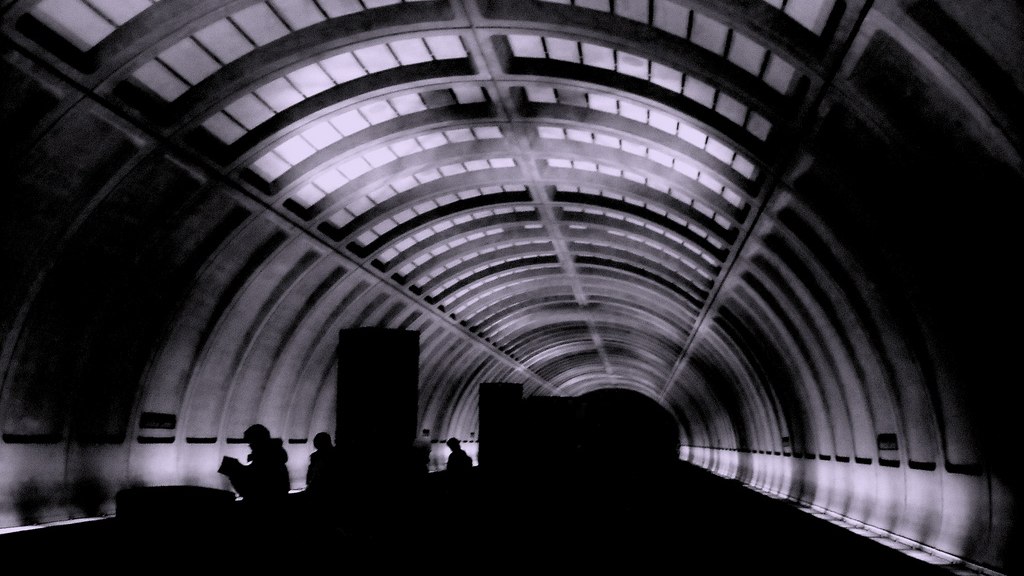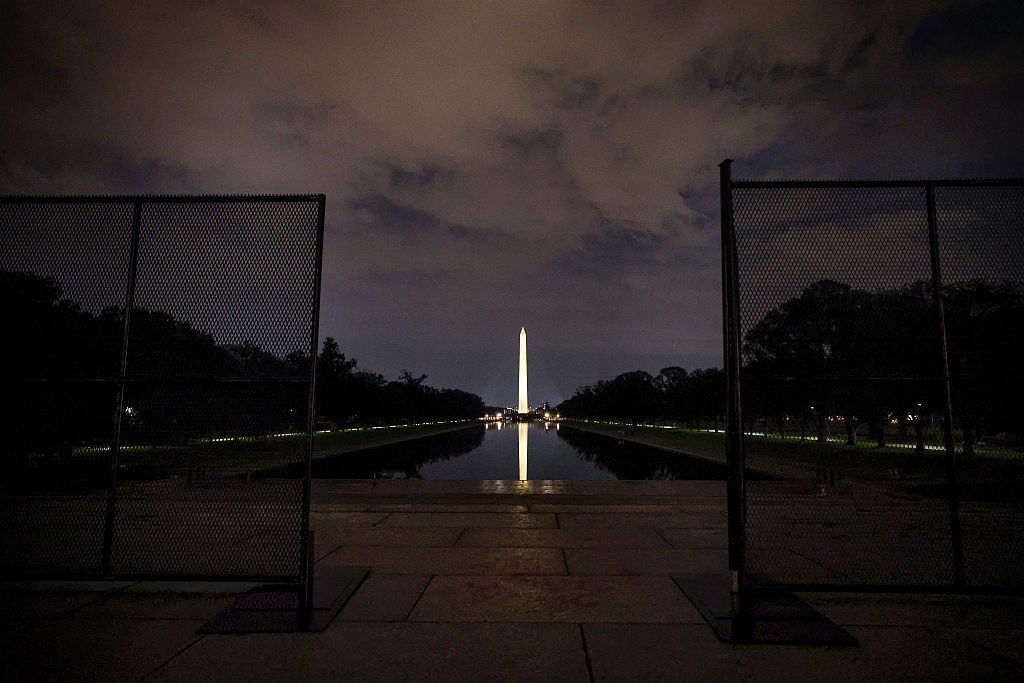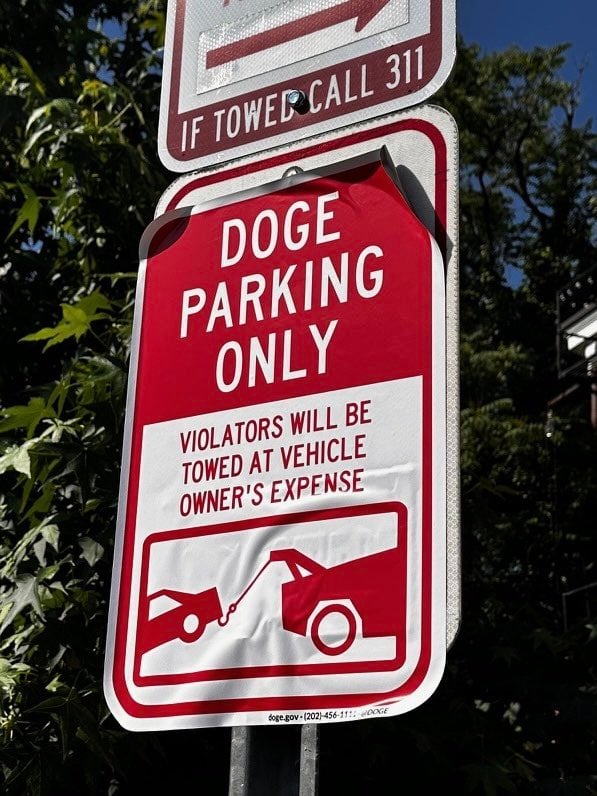During a March 31 segment on the Kojo Nnamdi Show, Paul Wiedefeld, the general manager of the Washington Metropolitan Area Transit Authority, said he was working on a “long-range maintenance plan” to accelerate the pace and scale at which much-needed repairs to Metrorail’s infrastructure and workplace culture are made. Wiedefeld’s announcement came two weeks after he ordered the entire rail network to shut down for a whole day for emergency inspections and repairs, an action that resulted in the discovery—and fixing—of dozens of locations where fires were more likely to break out.
On Friday, Wiedefeld will make public his larger plan, and while the specifics haven’t been released yet, the broad strokes are known. According to a memo from Wiedefeld to Metro’s board that was obtained by WAMU’s Martin DiCaro, the long-term plan will hit the entire rail system. It will include all six lines, affect every jurisdiction Metro touches, and involve track work and service disruptions around the clock.
“The current paradigm of running service 135 of 168 hours a week on a two-track system with significant maintenance needs simply isn’t sustainable,” Wiedefeld writes. “The hard truth is that 33 hours a week is not enough to dig out of the deferred maintenance hole, and at this rate we will not reach an acceptable state of safety and reliability for several years.”
Wiedefeld will reveal the particulars of his plan at a news conference on Friday, but the details known so far hint at some very hard truths for Metro passengers in the coming months: Segments of track may be closed for weeks at a time. Trains will run in both directions on a single track during rush hours. More Metro employees will be converted to at-will positions and will be reminded that they are directly responsible for passenger and worker safety. Every rider’s commute will be affected. But even though the days ahead might be some of the most trying, here’s why you shouldn’t freak out.
This is long overdue: Metro, like the local NFL team or vocal disbelief that Donald Trump is the presumptive Republican presidential nominee, is one of the few things that unifies the entire Washington region. The upcoming year’s worth of Metro maintenance won’t hit everywhere at once, but it will eventually reach the entire system. Some pieces of equipment, like electrical cables and switches, have been there since the first trains ran in 1976 and are long overdue for upgrades. On the above-ground portions of Metro in Northeast DC and many suburbs, decades-old wooden rail ties need to be replaced.
Metro’s boss knows there are problems: During his news conference tomorrow, Wiedefeld is expected to acknowledge that in addition to its own deferred maintenance schedule, the long-term plan will address directives made by the Federal Transit Administration, which assumed direct oversight over Metro’s safety procedures following the January 2015 Yellow Line smoke incident that killed 61-year-old Carol Glover, and the National Transportation Safety Board, which earlier this week issued dozens of recommendations in response to that episode. Sticking with a regular repair schedule that only leaves nights and weekends for intensive work just won’t cut it.
“The current state of play is not sustainable,” Metro spokesman Dan Stessel says. “We have to reset the table, clear the backlog.”
Use every transportation alternative available: A document presented to Metro board meeting last October that attributed some of Metro’s declining ridership to the emergence of services like Capital Bikeshare and Car2Go seemed laughable. But now, Metro will encourage passengers affected by the extensive disruptions coming in Wiedefeld’s plan to seek out as many alternatives as possible when their commutes are impacted. Ride-hailing apps like Uber, which ballooned its Pool shared-ride service during the one-day shutdown, are likely to see increased activity. So should cycling, walking, and taking the bus.
“There are going to be times when we say if you can avoid these lines, do it,” Stessel says.
Once Wiedefeld’s plan starts to be executed, Stessel says, Metro will devote a fleet of 40 buses dedicated to serving riders put out when their rides undergo “safety surges,” as Metro will refer to the upcoming repairs. These surges are the periods that will include round-the-clock single-tracking or full closures, and may last from one to six weeks. Stessel says the longest proposed surge he’s been briefed on will last 44 days. Blue Line riders who usually board at Franconia-Springfield, for instance, will get express-lane bus service from that station to the Pentagon when that section of track undergoes its surge.
It needs to happen now: While the one-day shutdown on March 16 led to some crucial track fixes, they were just a start. Metro has had several more service interruptions resulting from anything from electrical arcing to water damage since then—including one as this article was being written—highlighting the need for speedy and wholesale repairs. Under Metro’s normal schedule with just 20 percent of the week available for heavy-duty maintenance, the transit agency estimates it will take at least three years to do everything that’s needed. “We want to do it in a matter of months, not years,” Stessel says.
The plan Wiedefeld plans to present Friday will be reviewed by the jurisdictions Metro serves to determine how they’ll adjust to waves of rail outages. The District Department of Transportation and Arlington may want to alter the schedules of the Circulator bus routes. Transportation officials in Virginia and Maryland might consider increasing their local bus options. The US Office of Personnel Management could—and in this instance, probably should—encourage more federal employees to work remotely.
And try not to freak out: When Metro breaks down, Twitter lights up with bad jokes, wonky criticisms, and comparisons to the New York subway, but also a lot of white-hot, irrational rage. A typical Metro Twitter scene: A rider sees a long wait for a Red Line train and calls out WMATA on Twitter asking to know why the agency can’t get its act together. Then the rider realizes Red Line trains are single-tracking along a corridor where an emergency repair is going on, and even though moving trains can’t pass through active work zones without killing the workers, demands the train get there right that second, and maybe tags one of those accounts that would probably only be satisfied if we strapped Stessel or Wiedefeld to the front of the train, Mad Max: Fury Road-style.
This isn’t to say not to complain or criticize Metro. Its unforced errors should be called out. But a top-to-bottom review of the entire rail network—and the staff that runs it—is what WMATA’s strongest critics have been wanting for years. It’s just important to remember that this will be a time of burden-sharing. So stay cool.



















